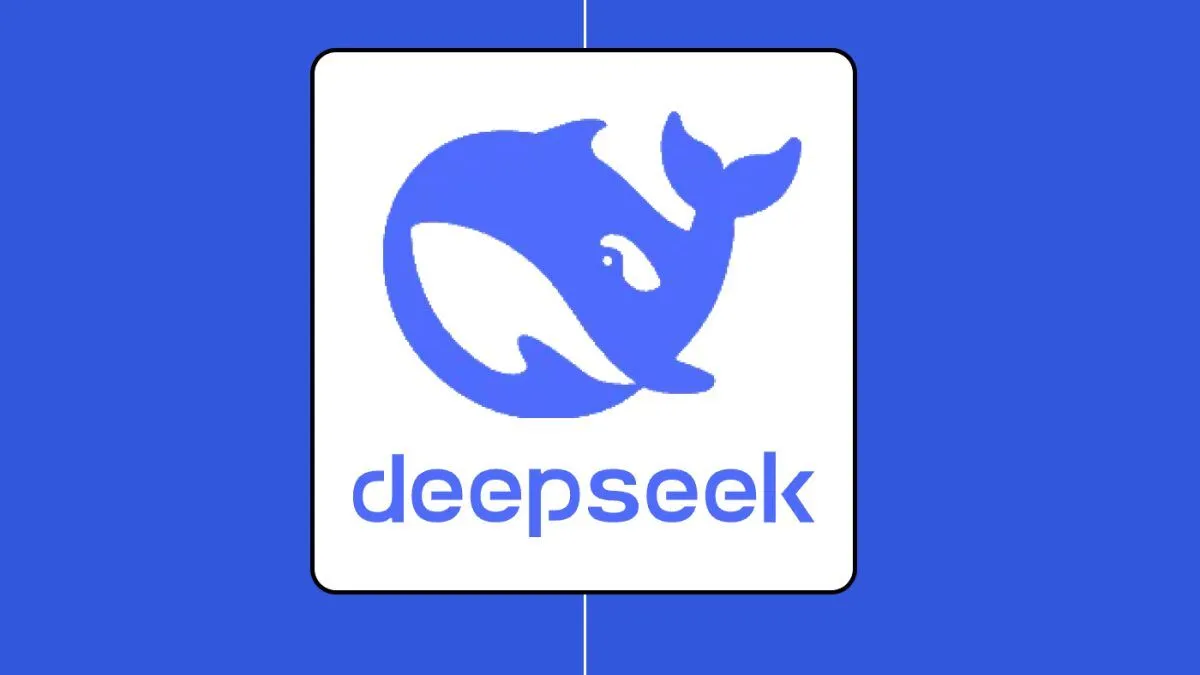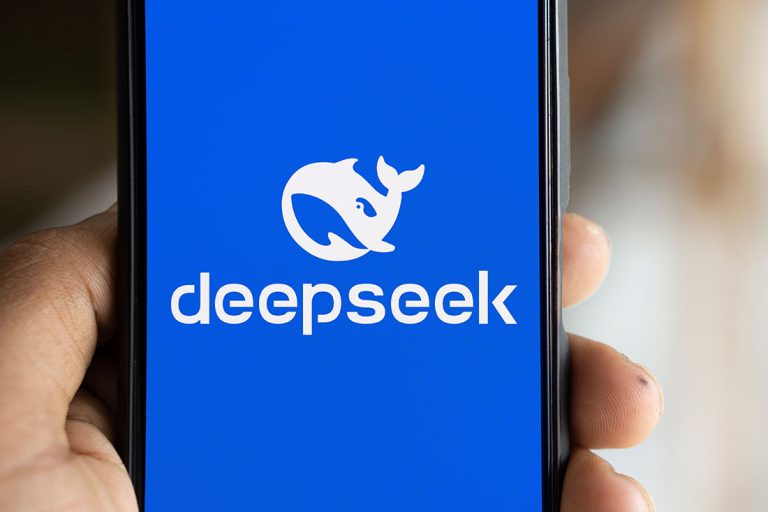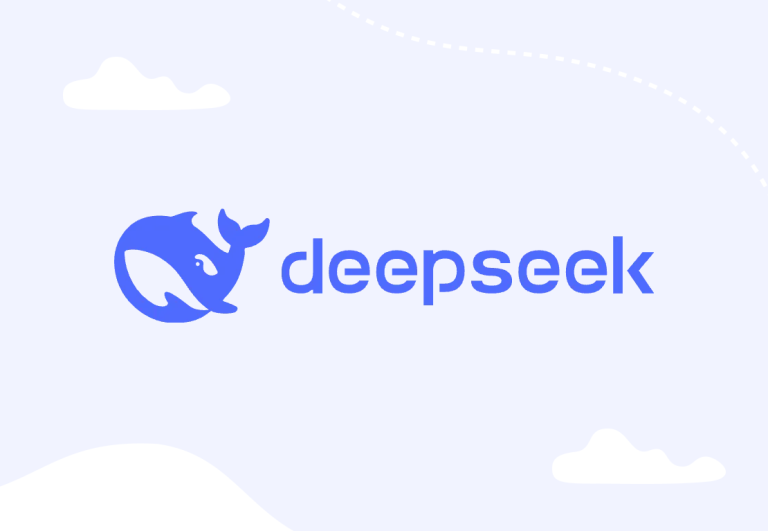Developers can benefit tremendously from AI integration. DeepSeek, with its strong coding and reasoning abilities, can embed into development workflows to review code, suggest improvements, and optimize configurations. In this article, we’ll see how DeepSeek can assist with code reviews on GitHub, accelerate coding in VS Code, and even help optimize infrastructure like Docker and Kubernetes setups.
AI-Powered Code Reviews on GitHub
Code review is a critical but time-consuming part of software development. DeepSeek can act as an automated code review assistant on platforms like GitHub:
- GitHub Pull Request Reviews: A popular approach is to use a GitHub Action that invokes DeepSeek whenever a pull request (PR) is opened or updated. One such integration is the open-source project DeepSeek-Review. This GitHub Action uses DeepSeek’s models (R1 or V3) to analyze the diff of code changes in a PR and then posts a review comment with findings. For example, if a PR introduces an inefficient algorithm or a potential bug, the AI would comment something like: “DeepSeek Review (Automated): The loop on line 45 has a high time complexity (O(n^2)). Consider optimizing by using a hash map for lookups. Also, the error handling in function X might miss null cases.” The developer can then address these before a human reviewer even looks at it. According to the documentation, the action can be configured to trigger automatically or only when a reviewer adds a specific label (like “AI review”). Once triggered, DeepSeek posts review comments on the PR with the issues and suggestions it found. This essentially gives every PR an initial pass by an “AI pair programmer,” catching things like style inconsistencies, obvious bugs, or security issues.
- Customization and Self-Hosting: The DeepSeek-Review action allows choosing which DeepSeek model to use (V3 or R1) and even a self-hosted endpoint. That means companies with sensitive code can self-host DeepSeek and still use the GitHub integration without sending code to an external API. The prompts used are also customizable – you can instruct the AI on what kind of review to perform (security-focused, performance-focused, etc.). DeepSeek’s open nature provides this flexibility, whereas a proprietary service might not.
- Local Code Review CLI: Besides GitHub Actions, DeepSeek can be used via CLI tools for code analysis. The DeepSeek-Review project, for instance, includes a mode to review code locally via the terminal, applying the AI to diffs or even entire files and outputting feedback. A developer could run a command before committing changes and get an AI report on their local machine. This is akin to running a linter or static analysis, but with the reasoning power of an LLM that can catch higher-level issues (like logically incorrect outcomes or missing edge cases, which traditional linters might not catch).
- Benefits and Results: Using AI for code reviews can reduce the burden on human reviewers and speed up the review cycle. It can also educate developers – each AI comment often comes with an explanation. For example, DeepSeek might explain a security risk (like why using
evalis dangerous) as part of its review comment. Over time, this helps improve code quality culture. Early adopters have noted that AI code review tools can find issues that might slip past tired human eyes, acting as a safety net before code is merged. While it’s not infallible, the combination of human + AI reviewers tends to result in more robust code.
Boost Coding Speed with DeepSeek’s VS Code Extensions
Visual Studio Code is the most popular code editor, and it has a rich ecosystem of extensions – including AI assistants. DeepSeek can integrate into VS Code to help with code completion, documentation, and more:
- Code Completion and Suggestions: There’s an extension called SeekCode Copilot (no relation to GitHub’s Copilot) which is described as a VSCode intelligent coding assistant that supports locally deployed DeepSeek models. This means you can run DeepSeek on your machine (or connect to a running instance) and get code completions as you type, similar to how Copilot works but using DeepSeek’s brain. For instance, as you write a function in Python, DeepSeek can suggest the next line or a whole function body. Because DeepSeek was trained on coding tasks and achieves high HumanEval scores, its suggestions are often on point. You might write
def merge_sort(arr):and DeepSeek could automatically suggest the implementation of merge sort. - In-Line Documentation and Translation: VS Code extensions can also provide on-demand explanations. Highlight a piece of code and use a command like “Explain this code” – DeepSeek can produce a quick comment explaining the logic in plain English. This is great for understanding unfamiliar code or for generating documentation comments for complex functions. There’s also a VS Code extension for translating code comments (e.g., Chinese <-> English) that supports DeepSeek. This can help in multilingual teams or when using open-source code from different locales.
- AI Commit Message Generation: Writing good commit messages is an art; DeepSeek can help here too. There is an extension (AI Commit in VSCode) which can generate commit message suggestions using AI. By configuring it to use DeepSeek’s API, you could have it read your git diff and propose a concise commit message like “Fix null pointer exception in user login flow; add null checks and update unit tests.” This feature saves time and enforces descriptive commits.
- Integration via OpenAI API Compatibility: Many VS Code AI extensions (Continue, CodeGPT, etc.) are built to use OpenAI’s API by default. Since DeepSeek’s API is compatible with the OpenAI format, you can often configure these extensions to point to DeepSeek instead. For example, if an extension requires an OpenAI API key, you can give it a DeepSeek API endpoint and key (if DeepSeek provides an OpenAI-like interface or via an OpenRouter). This way, you leverage the already-polished UI of those extensions but with DeepSeek as the engine. As a concrete example, Continue (an open-source IDE autopilot) could potentially be set up to use a local DeepSeek model rather than calling OpenAI’s servers, making it free and private.
- Neovim, JetBrains, etc.: While the focus here is VS Code, it’s worth noting that DeepSeek integrations exist for other IDEs too. For JetBrains IDEs (IntelliJ, PyCharm, etc.), plugins like AutoDev and Onegai Copilot support DeepSeek models. In Neovim (for the hardcore Vimmers), plugins like llm.nvim let you interact with DeepSeek from within Vim. This shows the developer community has embraced DeepSeek – you can likely find or build an integration for your preferred environment.
By integrating DeepSeek into VS Code or your IDE of choice, you essentially get a supercharged coding experience: autocompletion, real-time refactoring suggestions, documentation on hover, and more – all powered by a cutting-edge AI model. This can significantly boost your development speed and reduce interruptions (like having to search online for an example or syntax – the AI can just provide it in editor).
Optimize Docker & Kubernetes Configs Using AI
Setting up and configuring infrastructure-as-code (like Dockerfiles, docker-compose, and Kubernetes YAMLs) is another area where DeepSeek can assist developers and DevOps engineers:
- Dockerfile Optimization: Writing efficient Dockerfiles is important for small image sizes and fast builds. DeepSeek can analyze a Dockerfile and suggest improvements. For example, it might spot that you install dependencies in separate
RUNcommands and suggest combining them to reduce image layers, or recommend using a lighter base image. An engineer could copy the content of a Dockerfile into a DeepSeek prompt (or use an IDE extension) and ask, “How can I improve this Dockerfile for smaller image size and security?”. The AI could respond with specific changes: “Removecurlafter use to reduce image size. Usenpm ciinstead ofnpm installfor reliability. Consider using the node:alpine base image to cut size by ~200MB.” These kinds of suggestions are very practical. BytePlus (ByteDance’s cloud) even published a guide on optimizing Dockerfiles for DeepSeek workloads, indicating that tuning container builds is a known need. DeepSeek’s broad knowledge can codify best practices from Docker documentation and community wisdom for your specific file. - Kubernetes YAML and Configs: Kubernetes configurations can be complex (deployments, services, ingress, etc.). DeepSeek can help by validating and explaining YAML or suggesting more optimal config settings. For instance, you could present a Kubernetes Deployment spec to DeepSeek and ask if there are any issues. It might point out that you haven’t set resource limits/requests, which is a best practice, or that your liveness probe is missing which could affect reliability. In one experiment, teams used DeepSeek to troubleshoot Kubernetes issues via an AI SRE agent – while DeepSeek wasn’t perfect, it provided insights into root causes of failures like misconfigured YAML indentation or missing parameters. Moreover, a DZone tutorial on AI-driven Kubernetes troubleshooting paired DeepSeek with a tool called k8sgpt to serve as a “Kubernetes Copilot” for SREs. According to the article, this AI Copilot can quickly pinpoint root causes of cluster issues and recommend precise fixes, drastically reducing MTTR (Mean Time to Resolution). This showcases DeepSeek’s ability to reason about system configs and states. In practice, integrating DeepSeek with Kubernetes could be as simple as a CLI tool where you run
deepseek-k8s-analyze cluster.yamland get back an analysis. - Infrastructure as Code Reviews: Similar to code reviews, you can run DeepSeek to review Terraform files, CI/CD pipeline configs, or other devops scripts. It could catch things like hardcoded secrets, deprecated API usage, or suggest more efficient ways to structure infrastructure code. For example, it might warn: “You’ve opened port 22 to 0.0.0.0/0 in security groups, which is a security risk. Consider restricting it or removing it if not needed.” An AI scanning for security and efficiency in ops code is like having an expert DevOps consultant always on hand.
- Continuous Integration Hooks: One could integrate DeepSeek into CI pipelines. Imagine a Jenkins or GitHub Actions job that, whenever a change is made to a Dockerfile or k8s manifest in the repo, runs an AI check using DeepSeek. If DeepSeek finds something concerning, it could fail the pipeline or at least post a warning in the build logs. This ensures best practices are followed consistently. It’s like an automated code review but for your deployment code. (Given that DeepSeek’s cost is low, doing this for every build is economically feasible, especially compared to the potential cost of a misconfigured deployment!)
In summary, DeepSeek helps close the gap between development and operations by bringing AI insights to configuration and deployment code. It can optimize your containers, harden your Kubernetes setups, and generally provide a second set of eyes on the crucial code that runs your applications.
By integrating DeepSeek into development workflows – from code writing to code review to deployment – teams can write better code faster and avoid costly mistakes. The AI becomes a versatile teammate: code reviewer, pair programmer, and devops advisor all in one.
In the next article, we’ll shift from development to communication: looking at how DeepSeek can transform tools like Slack, Discord, and WhatsApp into smarter, more automated communication hubs.



